This is the same pest that attacks peaches and plums. It damages the trunk from just below to a short distance above the soil. The adult is a clearwing moth. It is commonly called the peachtree borer. Only the larval stage of the peachtree borer causes injury. Larvae burrow
in and feed on the cambium and inner barkof trees, usually at the base of the trunk from three inches below to 10 inches above the ground line. They also feed on large roots that
are near the soil surface. Larvae construct and feed in galleries. Accumulating gum, frass, and bark chips are pushed out of galleries to the outside These masses are often the first evidence of infestation. Several larvae may develop in one tree. Young trees are particularly susceptible to borers; when infested they are unthrifty and grow poorly. Borers easily damage large portions of the vascular tissue in small trees; mortality is common in these
instances. Older trees infested by borers may exhibit partial die-back, yellowing of foliage, stunted growth, and loss of vigor and productivity
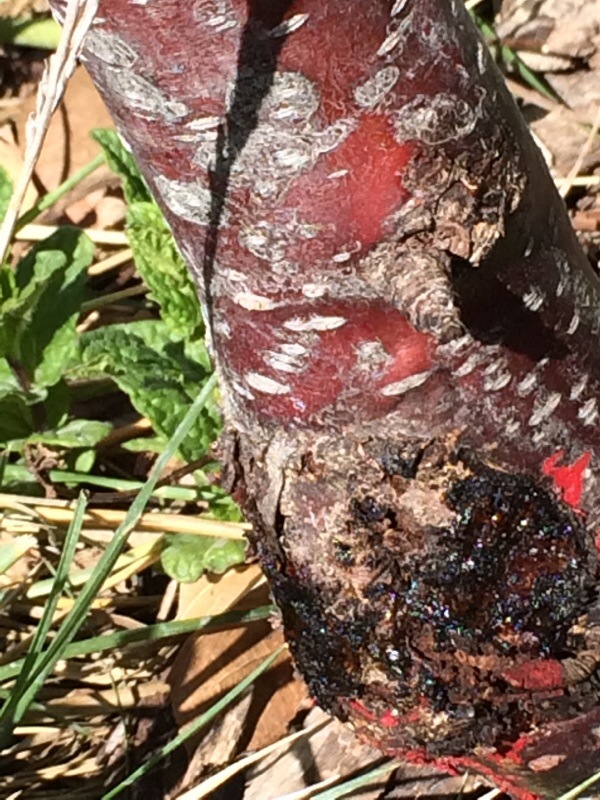
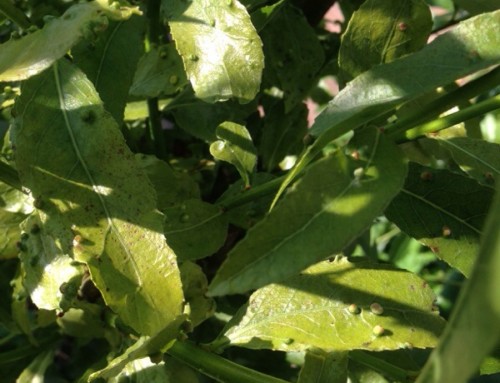
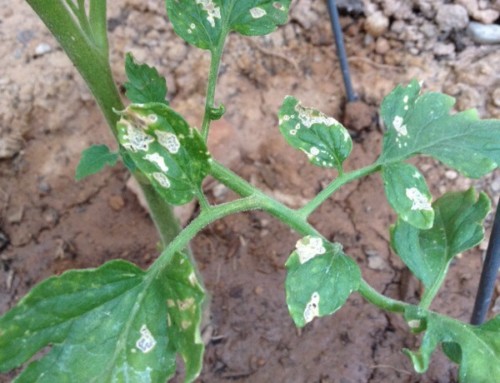
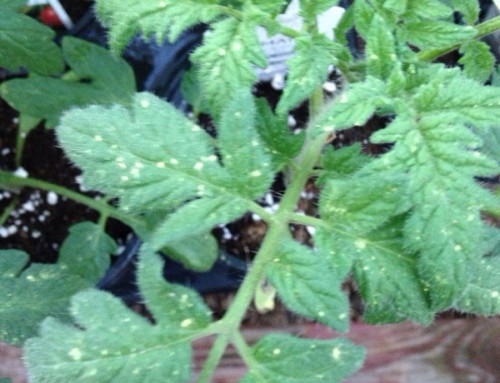
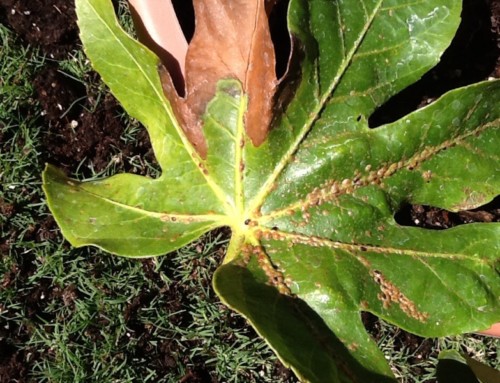
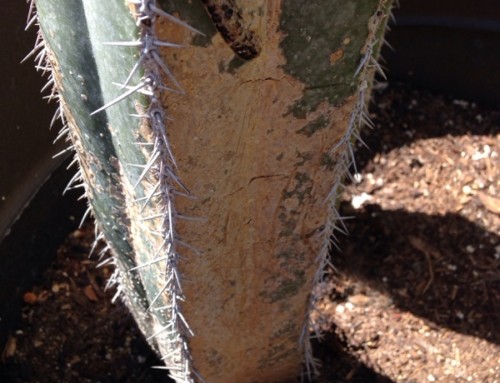
Leave A Comment